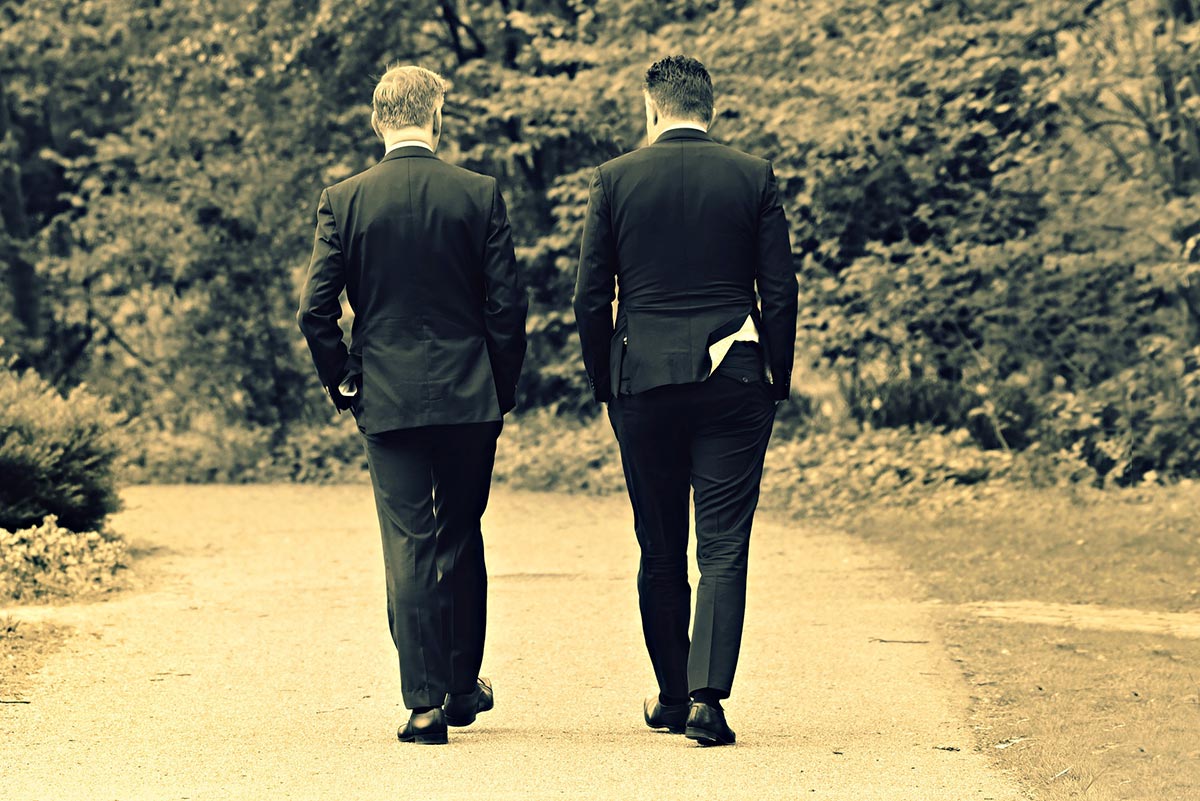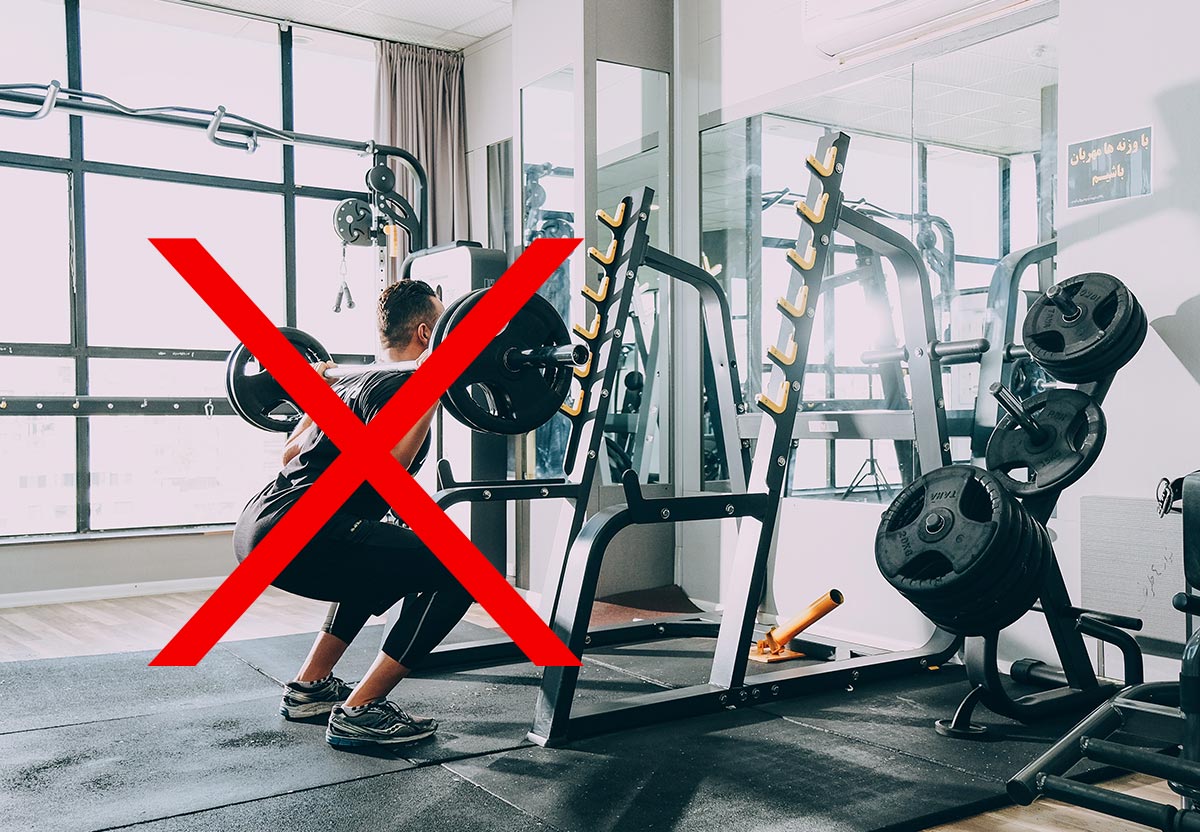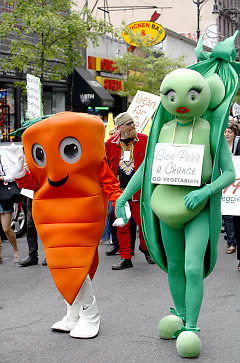The easiest way to succeed with any goal is to structure your life and habits to facilitate and support the achievement of your objectives. This is especially true with eating habits—from choosing what you eat, following appropriate meal intervals, declining unhealthy snacks, to understanding what you should do before and after your meals. For example, if you are supposed to wait five to six hours between meals and eat healthy snacks only as needed, your chances of success will be diminished if you only have the opportunity to eat every eight hours and are surrounded by others indulging in "junk" food.
An objective overview of our natural routines can illustrate how they are often at odds with what is ideal for good health. The average person's normal lunchtime is a perfect example of this dichotomy.
Morning Habits Shape Lunchtime Choices
Let's start with your initial habits upon waking, which have a great influence on your dining choices later in the day. Unfortunately, many people skip breakfast or have something really fast and unhealthy, such as just a cup of coffee or a pastry. Because this creates a nutritional "deficit" in the body, as the morning progresses, they might snack on some candy or chips—anything that is easily accessible and provides a quick energy boost. When lunchtime arrives, they may grab quick takeout, a snack from a vending machine, or rush to a fast food place, often eating at their desk while continuing to work. Alternatively, they may bring food from home but eat it in a hurried manner without taking a proper break.
The Downside of Rushed Lunches
Skipping breakfast puts your body into "starvation mode" from the start of the day. The body's natural response is to slow down and conserve energy, which hinders consistent metabolism—a key for maintaining a healthy weight. When you rush to lunch after spending the entire morning in "work mode," your sympathetic nervous system remains active. Proper digestion requires a relaxed state, which involves activating the parasympathetic nervous system. Without taking a moment to transition, digestion becomes inefficient, and nutrients are not properly absorbed.
To make matters worse, after consuming a calorie-dense meal, most people return to work without any physical activity. This leads to excess glucose in the bloodstream, some of which is converted to fat. Additionally, the lack of movement can exacerbate feelings of lethargy and reduce productivity for the remainder of the day.
Optimizing Your Lunch Routine
The best lunchtime practices start with a balanced breakfast that includes plenty of protein. This sets the tone for stable energy levels throughout the day. When lunchtime arrives, take five minutes to calm your mind and body. Deep breathing and stress-release techniques can help shift your nervous system into a relaxed state, making digestion more effective.
Prepare your meals in advance to control your food choices. Focus on nutrient-dense options that support your health goals. Avoid distractions like work emails or phone calls during your meal. Fully engage with the act of eating to enhance satisfaction and improve digestion.
After eating, go for a light walk. Even a brief, slow-paced walk helps regulate blood sugar levels and activates fat-burning mechanisms. This physical activity stimulates blood flow, supports digestion, and refreshes your mind. Walking also counteracts the sedentary nature of desk work, promoting overall well-being.
Creating Sustainable Habits
Consistency is key to reaping the benefits of healthy lunchtime practices. Start with small, manageable changes, such as dedicating five minutes to relaxation before meals or incorporating short walks into your routine. Over time, these habits will become second nature, improving both your physical health and mental clarity.
By aligning your lunchtime habits with your health objectives, you can transform this mid-day break into a powerful tool for enhancing your overall well-being. Remember, a little effort goes a long way in creating a balanced and enjoyable lifestyle.













